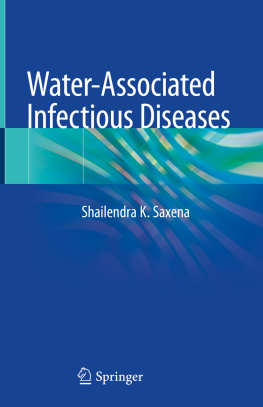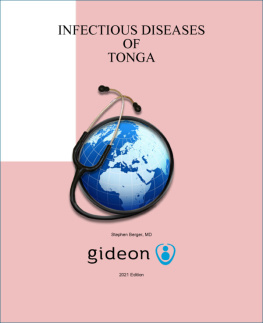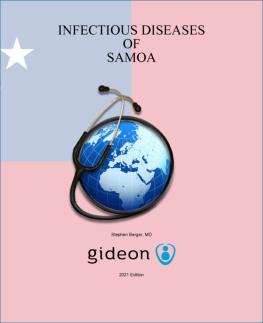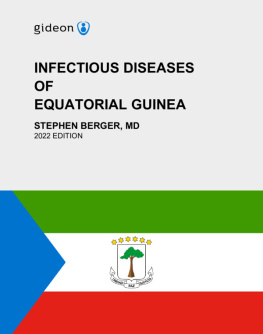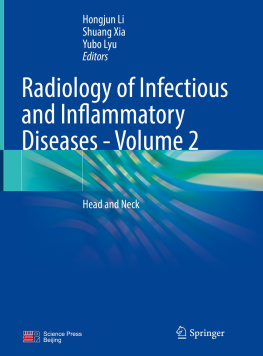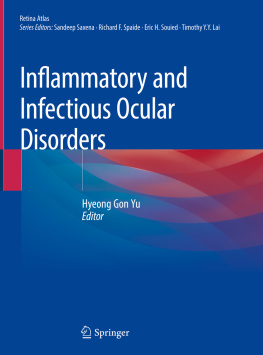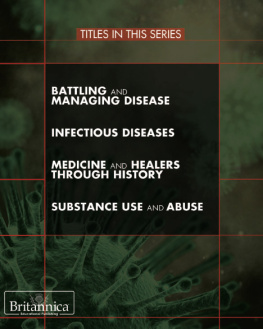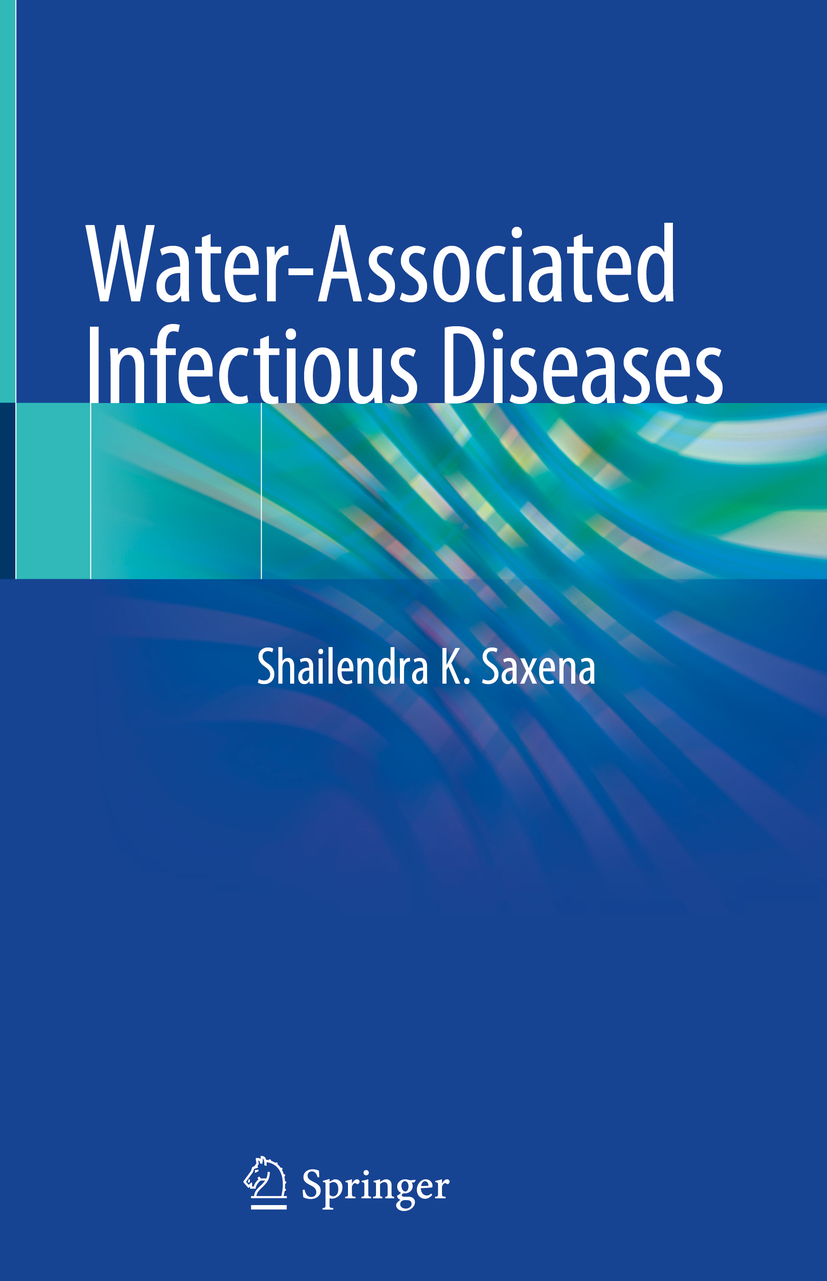Editor
Shailendra K. Saxena
Water-Associated Infectious Diseases
Editor
Shailendra K. Saxena
Centre for Advanced Research, King Georges Medical University, Lucknow, India
ISBN 978-981-13-9196-5 e-ISBN 978-981-13-9197-2
https://doi.org/10.1007/978-981-13-9197-2
Springer Nature Singapore Pte Ltd. 2020
This work is subject to copyright. All rights are reserved by the Publisher, whether the whole or part of the material is concerned, specifically the rights of translation, reprinting, reuse of illustrations, recitation, broadcasting, reproduction on microfilms or in any other physical way, and transmission or information storage and retrieval, electronic adaptation, computer software, or by similar or dissimilar methodology now known or hereafter developed.
The use of general descriptive names, registered names, trademarks, service marks, etc. in this publication does not imply, even in the absence of a specific statement, that such names are exempt from the relevant protective laws and regulations and therefore free for general use.
The publisher, the authors, and the editors are safe to assume that the advice and information in this book are believed to be true and accurate at the date of publication. Neither the publisher nor the authors or the editors give a warranty, expressed or implied, with respect to the material contained herein or for any errors or omissions that may have been made. The publisher remains neutral with regard to jurisdictional claims in published maps and institutional affiliations.
This Springer imprint is published by the registered company Springer Nature Singapore Pte Ltd.
The registered company address is: 152 Beach Road, #21-01/04 Gateway East, Singapore 189721, Singapore
Dedicated
to myParentsandFamily
who believed in academics
as the way forward for an intelligent mind
and
to myTeachers
who introduced me the subject
and nurtured my interest in it.
Foreword
Water is vital for the survival of all living things, including people. However, industrial waste, poor hygiene, and ineffective sanitation expose a large part of humanity to the water-related risks of contaminants, toxins, and infectious agents. The impact of water-associated infectious diseases, which are the subject of this book, is strongly dependent on the nature of the pathogens involved and also on broader ecological and climatic factors. Suitable sanitation methods for managing excreta form the crux of prevention, but contaminated water remains the major cause of global public health concern. Certainly, the fact that more than three million people die every year from these infections is shocking and requires sustained attention.
This book introduces the main agents responsible, reviews their epidemiology and evolution, considers the impact of global warming, and sets out the mitigating strategies employed at national and international levels. In addition, it deals with the molecular approaches used to detect the pathogens responsible, various ways in which water can be treated to prevent disease emergence, and the means of managing outbreaks when they occur. The chapters provide insights into the strategies of leading international organizations such as the United Nations (UN), the World Health Organization (WHO), the Centers for Disease Control and Prevention (CDC), and the International Water Association (IWA), as well as highlighting vital national initiatives such as the Swachh Bharat Mission (Clean India Mission), which operates throughout the country under the auspices of the Department of Drinking Water and Sanitation of the Ministry of Jal Shakti, Government of India.
The majority of people affected cannot afford conventional medicines and preventive measures such as vaccines. As a result, this book focuses also on the implementation of sustainable hygienic conditions and discusses robust and reliable policies for providing under privileged people with access to basic sanitation, hygiene, and water. It will be of interest to clinicians, microbiologists, climatologists, pharmaceutical industry representatives and policy-makers, and a timely contribution towards the global elimination of water-associated infectious diseases.
Andrew J. Davison
Preface
The escalating number of cases and the emergence of antiquated pathogens have created an immense worldwide burden on humanity. Emerging pathogens can be distributed according to the microbial classification, where viruses and bacteria represent 44% and 30% of overall etiological agents, respectively. The rationale of the emergence of infectious disease can be explained by several factors such as new environment, newer technologies, scientific advancement, changes in human behavior, and vulnerability. Pathogens-associated water-borne diseases are the major cause of mortality and morbidity in the developing and underdeveloped countries. The growing population density is the culprit behind the rising number of outbreaks of water-associated infectious diseases. The changing source of water bodies changes the pathogens related to water-associated infectious diseases.
Newer techniques are required which combines the strategy of accuracy assigned with traditional microbiology and sensitivity related with molecular biology. The plentiful number of conventional- and CAM-based medicines for the treatment of water-associated infectious diseases will supersede the gap of limited number of conventional drugs. This book focuses on the various aspects of implementation of sustainable hygienic conditions and discusses the robust and reliable policies and strategies on a global aspect to provide unprivileged people access with the basic sanitation, hygiene, and water.
All these aspects of the book are imperative for safeguarding human race from more loss of resources and economies due to water-associated infectious diseases. To overcome these issues and fill the gap, we propose to introduceWater-Associated Infectious Diseasesto provide a readily available resource in this area.
The editor of this book hopes that this work might increase the interest in this field of research and that the readers will find it useful for their investigations, management, and clinical usage. The editor and contributors report no conflict of interest.
Shailendra K. Saxena
Lucknow, India
About This Book
Although we are in the era of the twenty-first century having most of the advanced technologies in hand, water-associated infectious diseases are the reason for the worldwide morbidity and mortality. This book provides a comprehensive overview of water-associated infectious diseases and their linked pathogens with plausible strategies and schemes for their mitigation at national and international level. This book focuses on various aspects of implementation of sustainable hygienic conditions and discusses the robust and reliable policies and strategies on a global aspect to provide unprivileged people access with the basic sanitation, hygiene, and water. All these aspects are imperative for safeguarding human race from more loss of resources and economies due to water-associated infectious diseases. To overcome these issues and fill the gap, we hope

